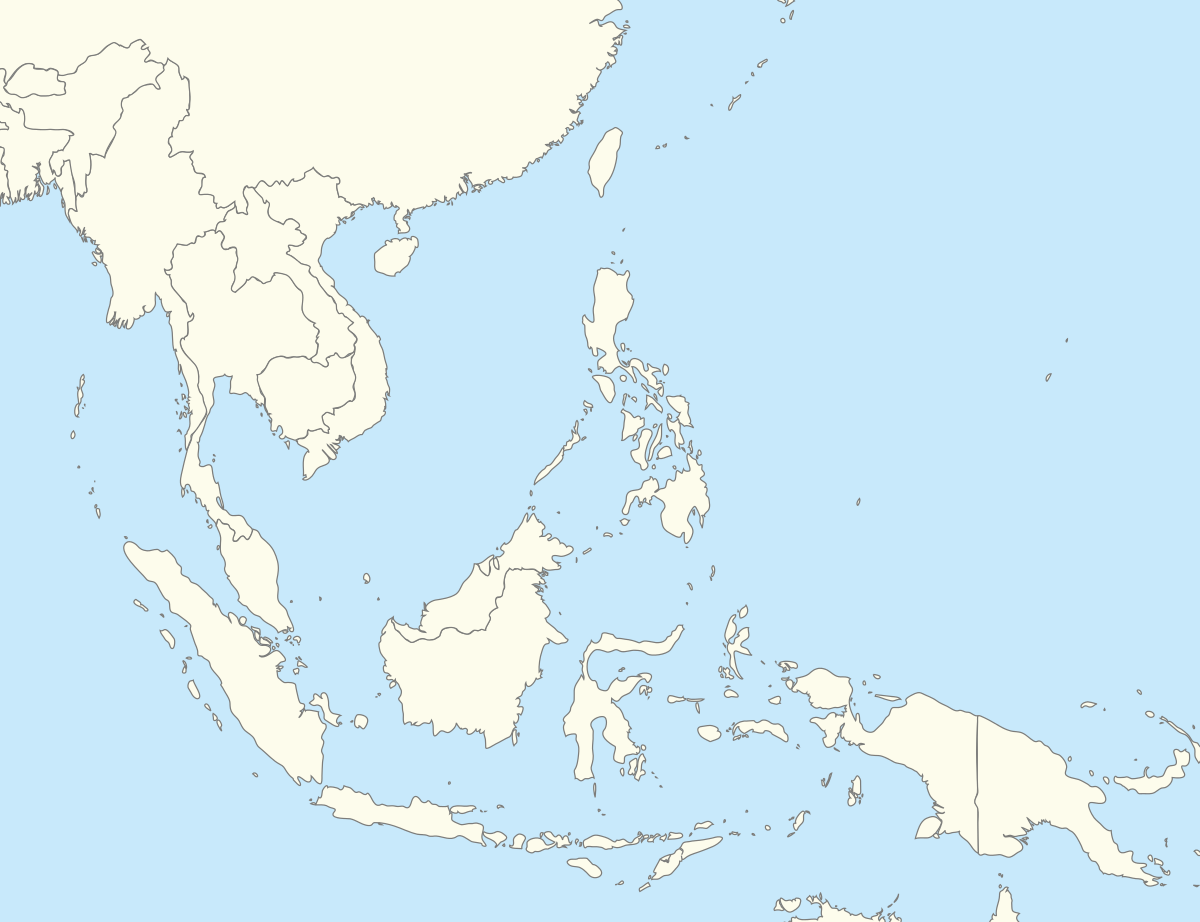ASEAN University Network
The ASEAN University Network (AUN) is an Asian university association. It was founded in November 1995 by ASEAN member countries including 13 universities. After the enlargement of ASEAN by the ASEAN Charter in 1997 and 1999, the AUN membership has been increasing.
 | |
| Abbreviation | AUN |
|---|---|
| Formation | November 1995 |
| Headquarters | Jamjuree 10 Building, Chulalongkorn University, Phyathai Road, Bangkok, Thailand |
Region served | Southeast Asia |
Membership | 30 universities |
Executive Director | Choltis Dhirathiti, Ph.D. |
Parent organization | Association of Southeast Asian Nations (ASEAN) |
| Website | www |
Structure
The ASEAN University Network (AUN) is an arrangement between 30 universities in the ten ASEAN countries. The AUN is composed of a Board of Trustees (BOT), the participating universities, and the AUN Secretariat. The Board of Trustees consists of one representative from each of the ASEAN Member Countries, the Secretary-General of ASEAN, the Chairman of the ASEAN subcommittee on Education (ASCOE) and the Executive Director of the AUN. The BOT has the task of formulating policies, approving project proposals, the allocation of budgets and co-ordinating implementation activities. The board makes decisions on these activities on the basis of consensus. The participating universities have the task of implementing the AUN programmes and activities. When AUN was founded in 1995, it consisted of thirteen universities from seven countries. Due to the inclusion of Myanmar, Laos and Cambodia in ASEAN, the network grew to 21 members (for a list of the members, see appendix I). Although numerous applications for membership have been received, it was decided to only admit universities from the new member countries. Non members from the region however, are invited as observers on a regular basis. The AUN Secretariat is involved in the planning, organisation, monitoring and evaluation of AUN activities and also in the development of new ideas and the acquisition of funding. The permanent office of the Secretariat was established in 2000 and is located on the campus of Chulalongkorn University in Bangkok. The operating costs of the secretariat are (at least until 2005) allocated by the Thai Government.
The financing of AUN activities comes from either cost sharing between the participating universities or from the external 'dialogue partners' of ASEAN. The dialogue partners are Australia, Canada, China, EU, India, Japan, New Zealand, ROK, Russia and the United States. The United Nations Development Program (UNDP) also has dialogue status.
The meetings within the AUN Framework are financed by the hosts and travel expenses by the (universities of the) participants, or by universities from the richer countries for the poorer countries.
Development
The ASEAN University Network emerged from a highly ambitious idea of the ASEAN leaders and the ASEAN Subcommittee on Education (ASCOE) to establish an ASEAN University. A year after this idea was launched, it became clear that this would present too many problems concerning funding, location and leadership. Therefore, in 1994, it was decided that the founding of a network of existing institutions would be more feasible. In its early years (1995–1999), the AUN focused mainly on the sharing of knowledge and experiences and on small-scale student and staff exchange. As from 1999, the collaborative activities became more complex with programmes like joint curriculum development, co-operation in ICT and the establishment of sub-networks. This is not only the case for intra-ASEAN co-operation but also for the activities with the dialogue partners.
This also led to the establishment of a permanent secretariat in Bangkok in March 2000. Although there existed a secretariat since 1997, this secretariat was temporary. With the permanent office also came an increase in structural funding for the secretariat. In addition to the operating costs for the AUN secretariat, also the financial support for AUN activities increased substantially since 1999. In addition to a growth in financial terms, projects also became more comprehensive. In particular, the AUN Quality Assurance programme has very ambitious goals with consequences that transcend the disciplinary boundaries. This can also form a turning point in the sense that through such projects all members of the participating universities will be affected. Many of the current activities are focused on particular individuals of the universities, and many other students and staff that are not involved in activities are not familiar with AUN and its activities. Most exchanges and gatherings for instance, although successful, have been modest in its impact on the universities as a whole. An explanation for this lies in the top-down character of the activities, with a high involvement of the university's central level (and in some countries the ministry level) and only modest involvement of the faculties.[1]
AUN member universities
Currently, AUN is composed of 30 universities across 10 ASEAN countries:[2]
Notes
- Source: Beerkens, H.J.J.G. (2004) Global Opportunities and Institutional Embeddedness; Higher Education Consortia in Europe and Southeast Asia (PhD Dissertation). Enschede: Cheps/UT. Available at: http://www.beerkens.info/files/phd.pdf
- "AUN Member Universities". ASEAN University Network. Retrieved 11 December 2013.
References
- Australian Government. Department of Foreign Affairs and Trade
- AUN enlargement
- ASEAN nations Home page
External links
- The AUN Secretariat - official website, including member universities
